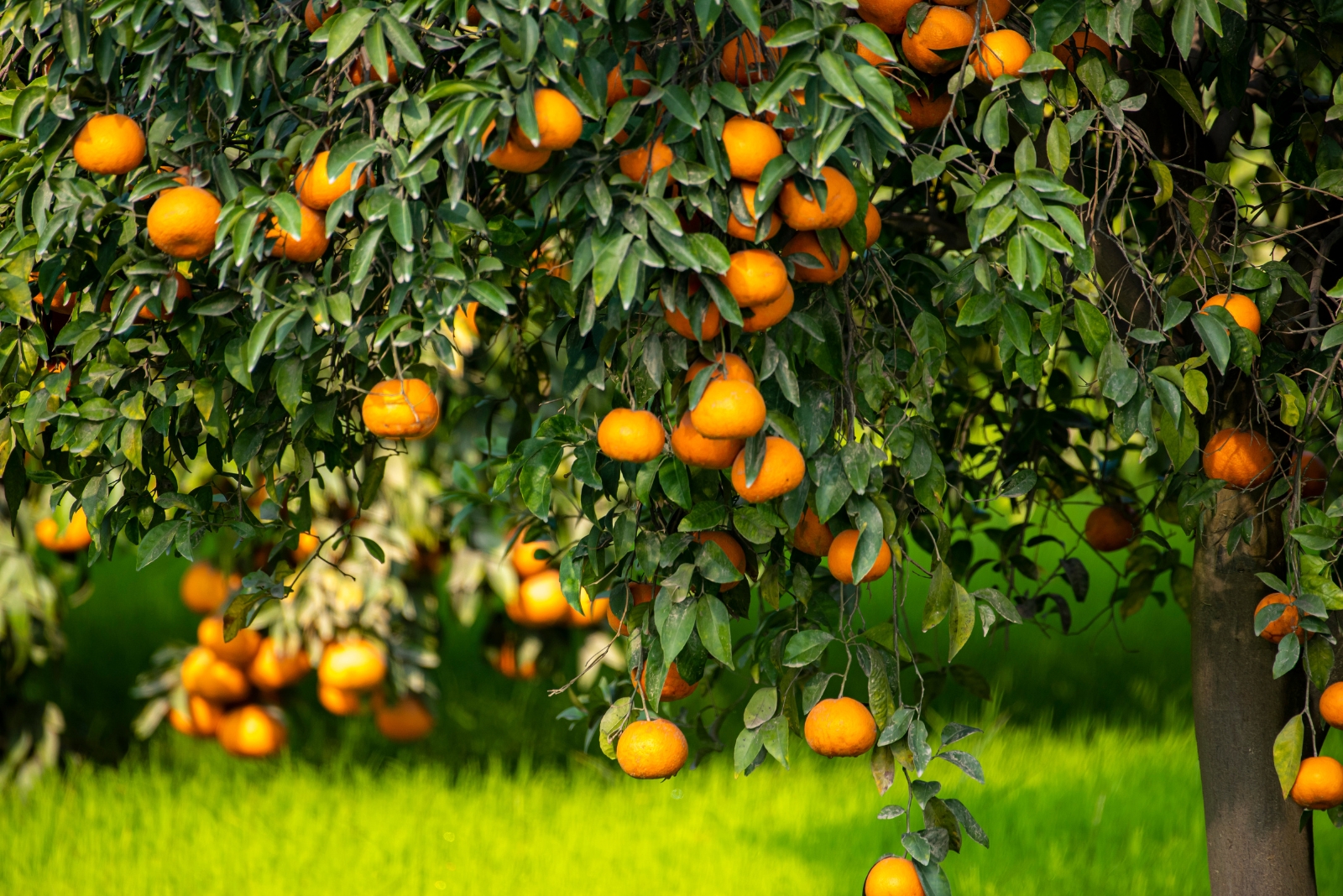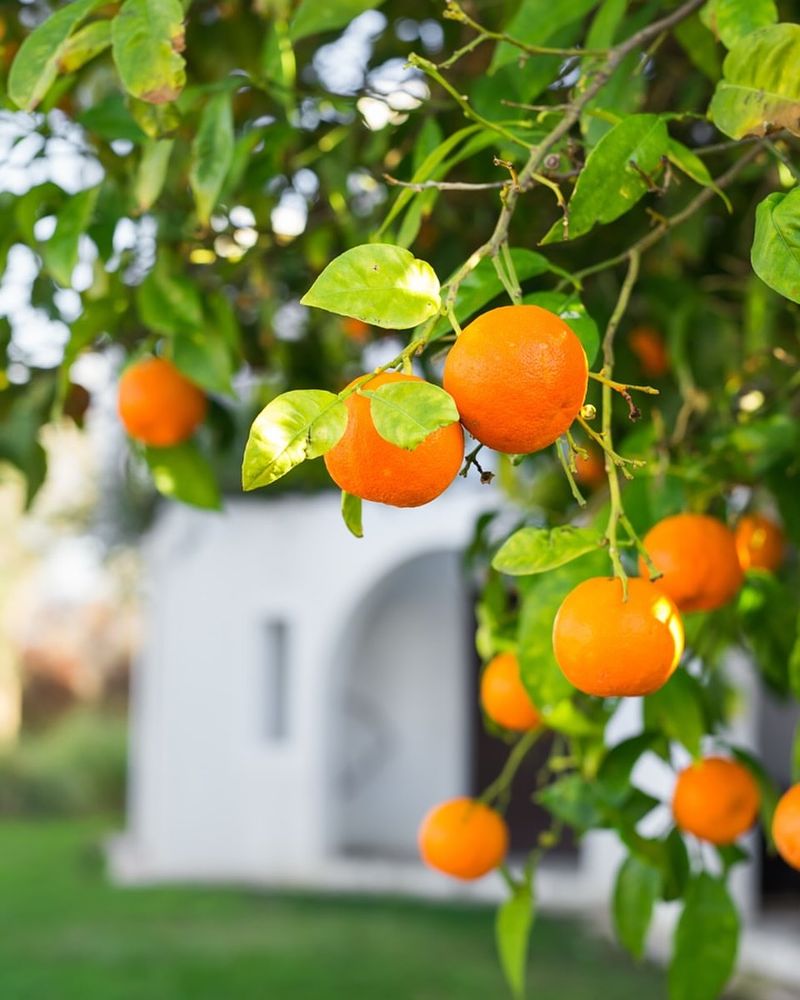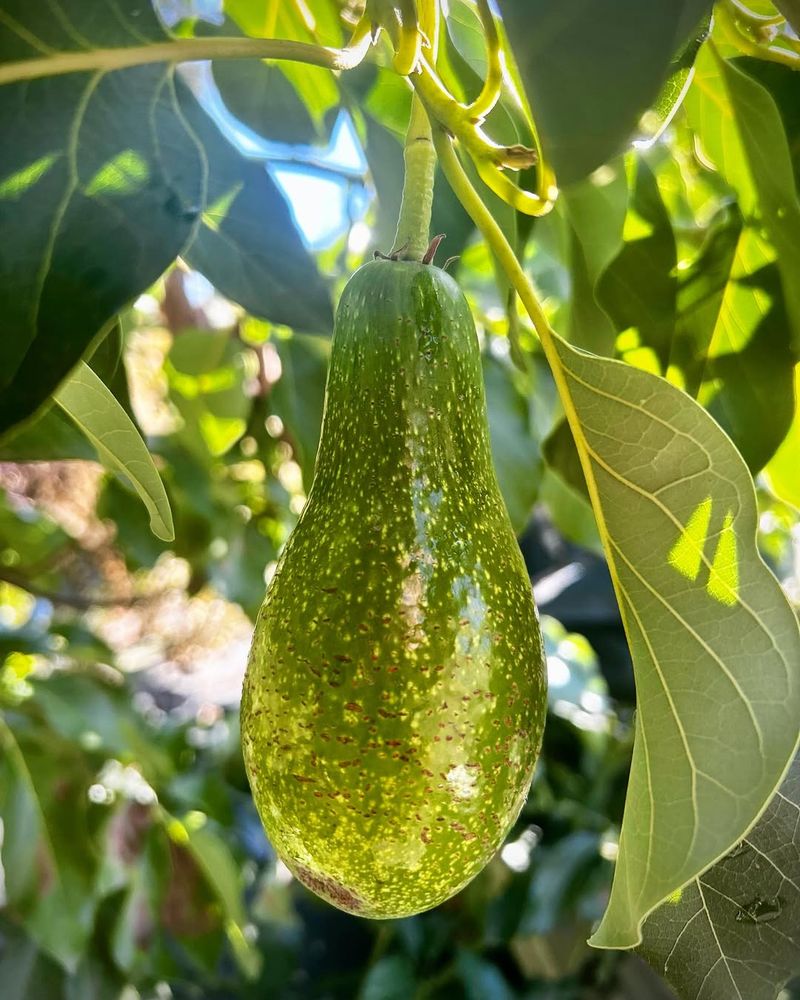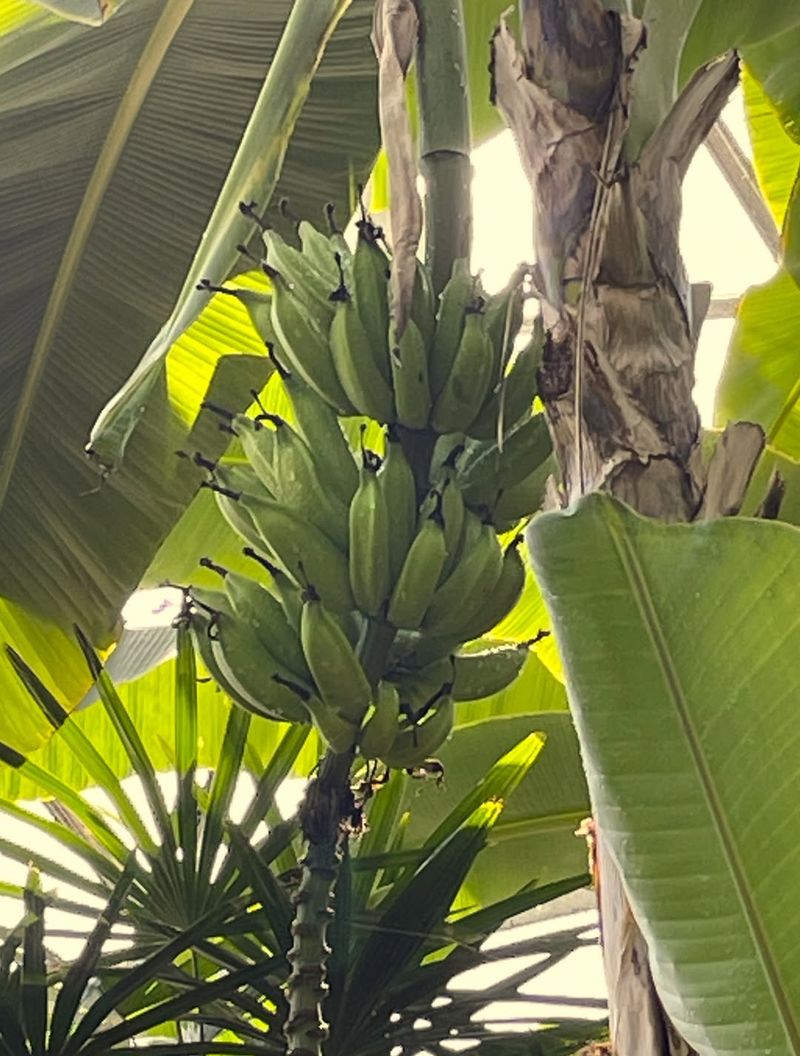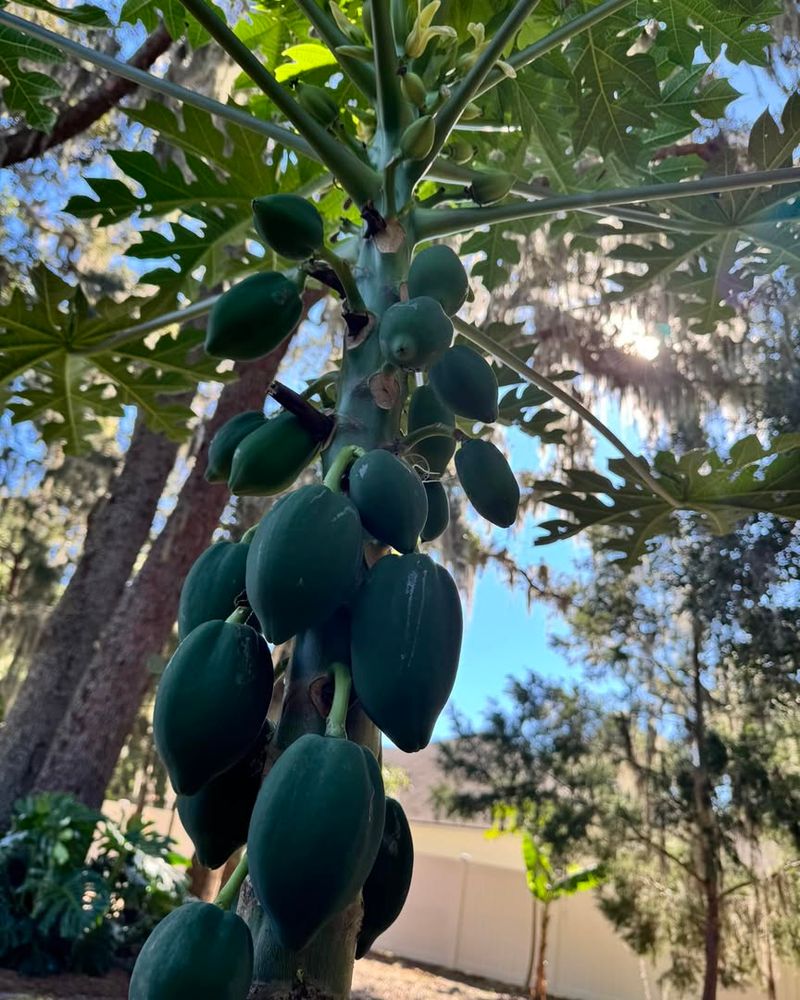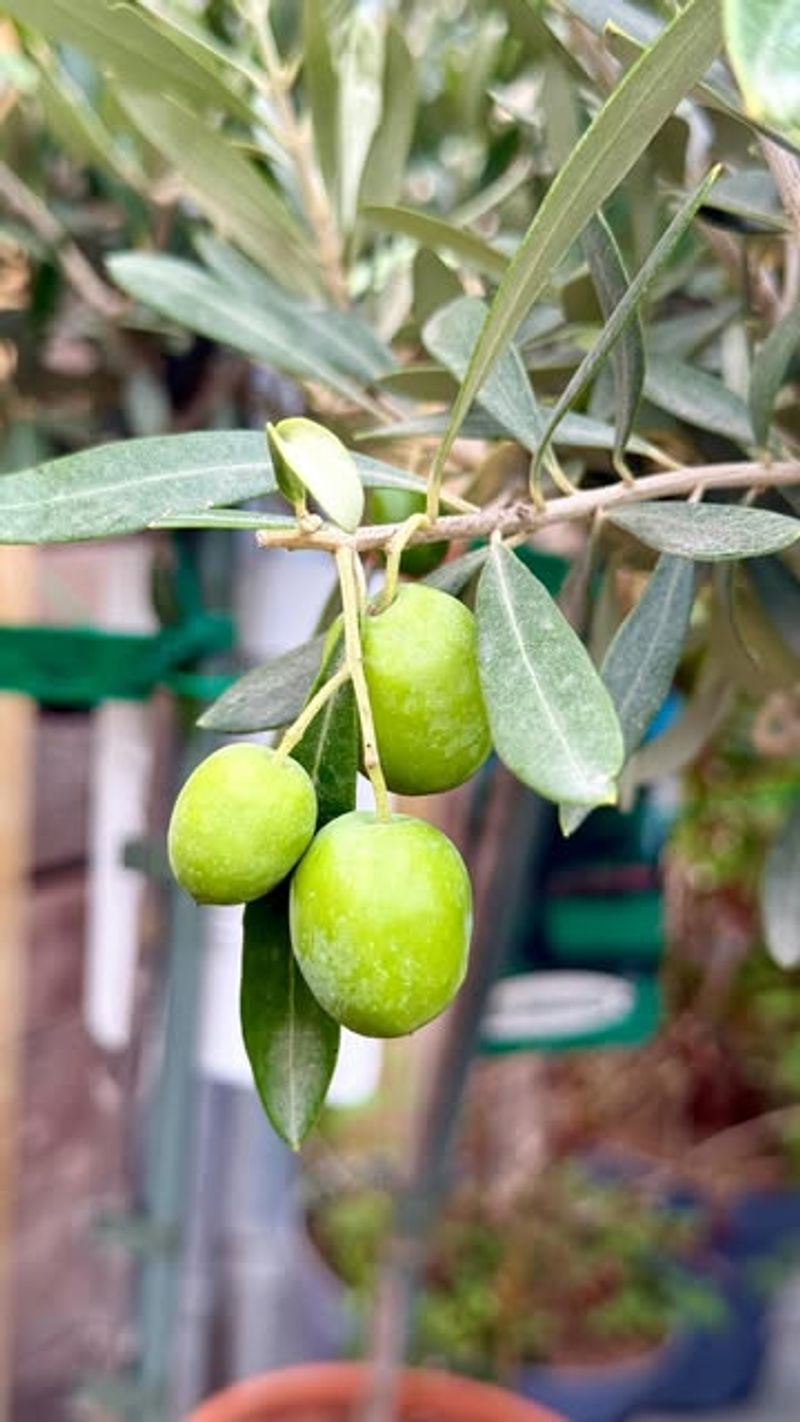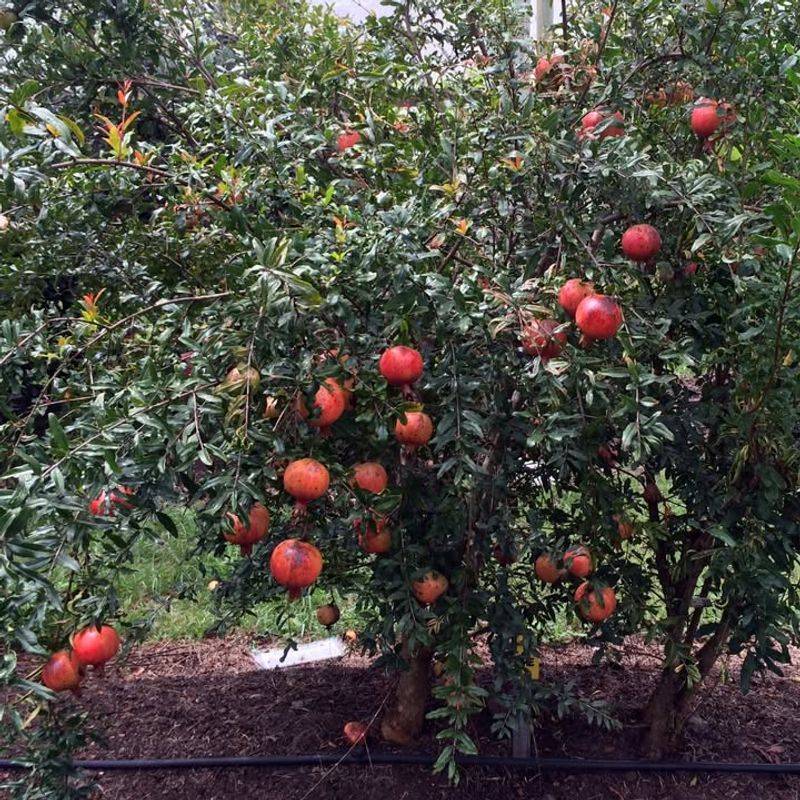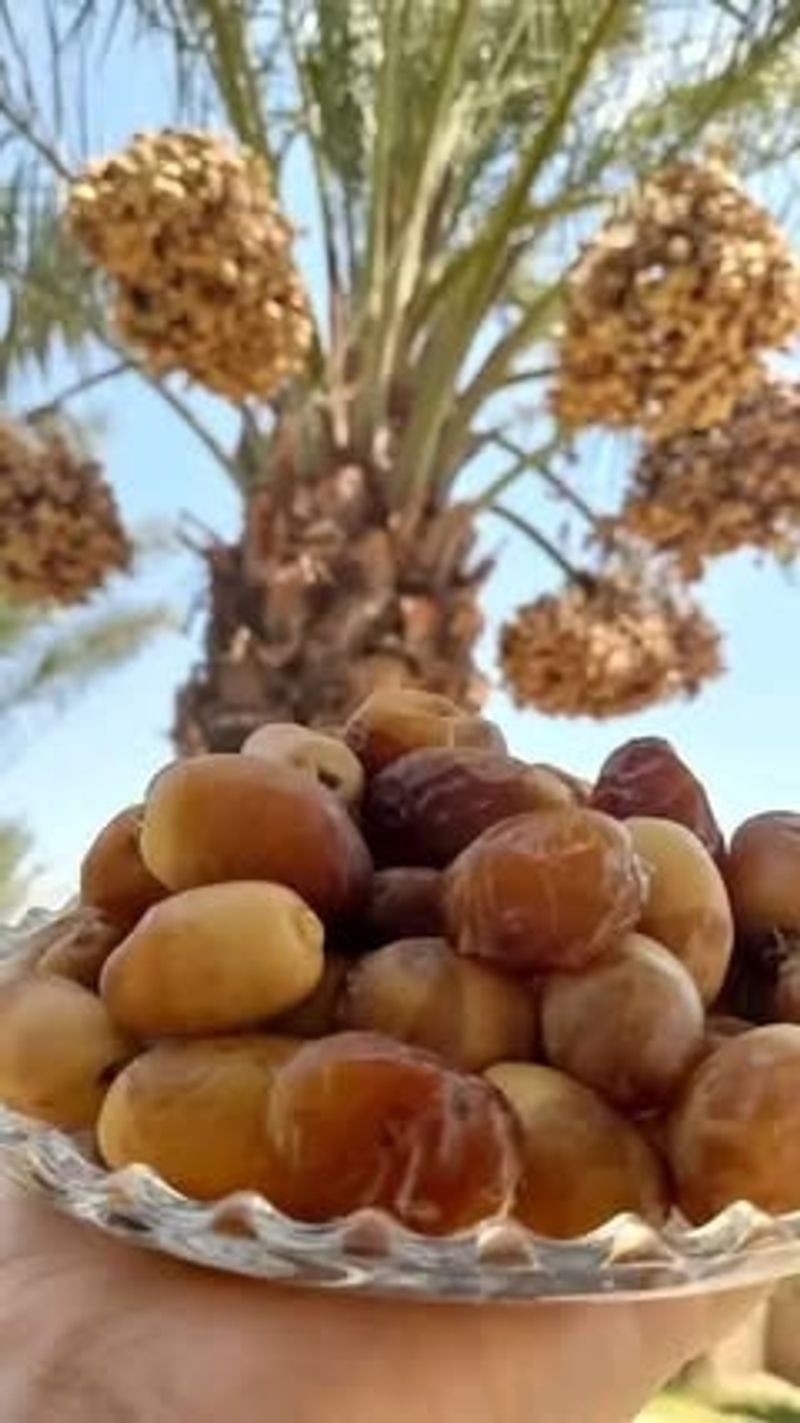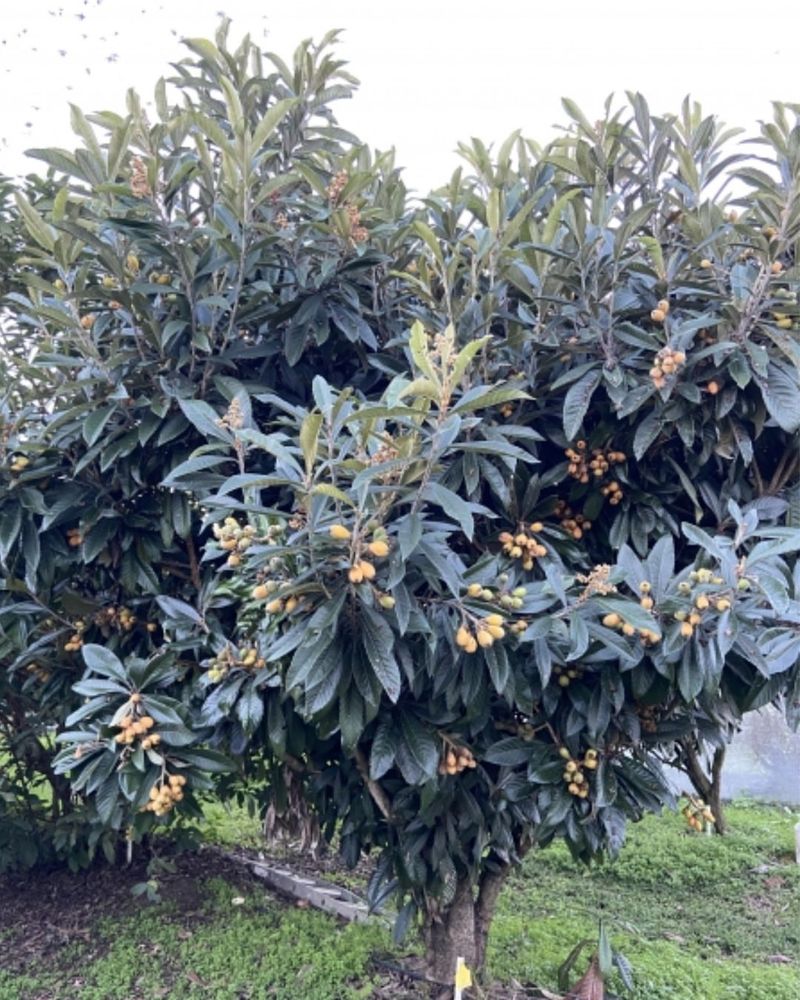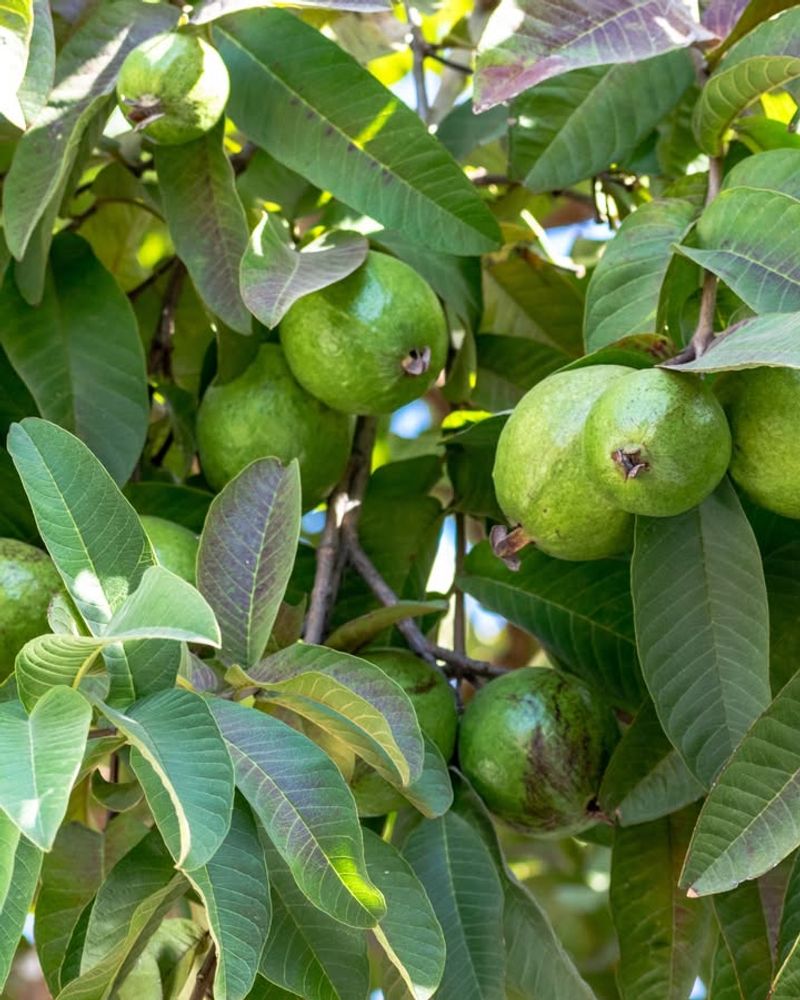Oregon’s climate makes it tempting to plant every fruit tree you can find, but not all of them belong in your yard. I’ve learned that some species can quickly turn from charming to downright invasive.
They bring pests, diseases, or endless cleanup headaches. Save yourself the trouble by skipping these trees before they take over your garden.
1. Citrus Trees (Oranges, Lemons, Limes)
Most citrus varieties simply cannot survive Oregon’s chilly winters. These tropical beauties need consistent warmth and freeze at temperatures below 28 degrees Fahrenheit.
Oregon gardeners often watch their citrus investments turn brown and die after the first hard frost hits. Even milder western Oregon zones rarely provide enough heat for proper fruit development.
Your money is better spent on cold-hardy fruit options that actually match the state’s climate conditions.
2. Avocado Trees
Avocados demand subtropical conditions that Oregon simply doesn’t offer year-round. A single night below freezing can kill an avocado tree outright, making them impossible to grow outdoors across the state.
Even if you manage to keep one alive in a greenhouse, fruit production remains extremely unreliable in Oregon’s cool summers. The growing season isn’t long or warm enough for proper fruit maturation.
Skip this California favorite and focus on trees adapted to the Pacific Northwest.
3. Mango Trees
Mangoes thrive in hot, humid tropical environments—the exact opposite of what Oregon provides. These trees need consistent temperatures above 50 degrees and won’t tolerate any frost whatsoever.
Oregon’s climate will stunt growth and prevent flowering entirely. Even the warmest microclimates in the state can’t replicate the conditions mangoes require for successful fruiting.
Save yourself the disappointment and choose fruit trees that actually appreciate Oregon’s unique weather patterns instead.
4. Banana Trees
While technically a large herb rather than a tree, bananas need tropical heat and humidity Oregon can’t provide. Temperatures below 50 degrees damage the plant, and freezing weather kills it completely.
Oregon residents might see some leaf growth during summer, but fruit production requires nine to twelve months of consistent warmth. The state’s cool nights and short growing season make banana cultivation essentially impossible.
Focus your gardening energy on fruits that won’t die with the first autumn chill.
5. Papaya Trees
Papayas are ultra-sensitive to cold and need year-round tropical warmth to produce fruit. Even brief exposure to temperatures in the low 30s can cause permanent damage or death to the entire plant.
Oregon’s winters are far too harsh for these delicate trees. The growing season is also too short for papayas to mature properly, even if they somehow survived the cold months.
Oregon gardeners should stick with hardy fruit trees that won’t perish at the first sign of winter.
6. Olive Trees
Olives need hot, dry summers and mild winters—conditions more typical of the Mediterranean than Oregon. While some varieties tolerate brief cold snaps, Oregon’s extended wet winters cause root rot and fungal diseases.
The state’s summer humidity also prevents proper fruit ripening and oil development. Oregon’s climate creates the perfect storm of problems for olive cultivation, from excessive moisture to insufficient heat units.
Look for fruit trees that actually enjoy Oregon’s rainy reputation rather than fighting against it.
7. Pomegranate Trees
Pomegranates crave long, scorching summers and low humidity—exactly what Oregon doesn’t have. These trees need at least six months of temperatures above 85 degrees for proper fruit sweetness and development.
Oregon’s cool, cloudy summers leave pomegranates tasting bland and failing to ripen fully. The state’s winter rains also promote fungal infections that pomegranates can’t resist.
Choose fruit trees bred for the Pacific Northwest climate instead of Mediterranean transplants that will struggle endlessly in Oregon.
8. Date Palm Trees
Date palms require extreme heat and virtually no rainfall during fruiting season—conditions impossible to find anywhere in Oregon. These desert dwellers need temperatures consistently above 90 degrees for months to produce edible dates.
Oregon’s climate is far too wet and cool for date palms to survive, let alone fruit. Even mild Oregon winters can damage these heat-loving plants beyond recovery.
Oregon residents should embrace fruits that love rain rather than desert conditions that require constant sunshine and drought.
9. Loquat Trees
Loquats bloom in fall and winter, making them extremely vulnerable to Oregon’s hard frosts. While the trees themselves might survive in milder areas, the flowers and developing fruit get destroyed by freezing temperatures.
Without protected blossoms, you’ll never see actual fruit production in Oregon. The state’s unpredictable winter weather creates an impossible situation for loquat cultivation.
Oregon gardeners need fruit trees that bloom in spring after frost danger passes, not during the coldest months of the year.
10. Guava Trees
Guavas need subtropical warmth and can’t tolerate Oregon’s freezing winters. Most varieties die when temperatures drop below 27 degrees, which happens regularly across the state.
Even if protected from frost, guavas won’t produce quality fruit without Oregon’s insufficient summer heat. The growing season is simply too short and cool for proper fruit sweetness and ripening.
Oregon gardeners should focus on berries and hardy fruit trees that actually thrive in the Pacific Northwest rather than struggling tropical species.

